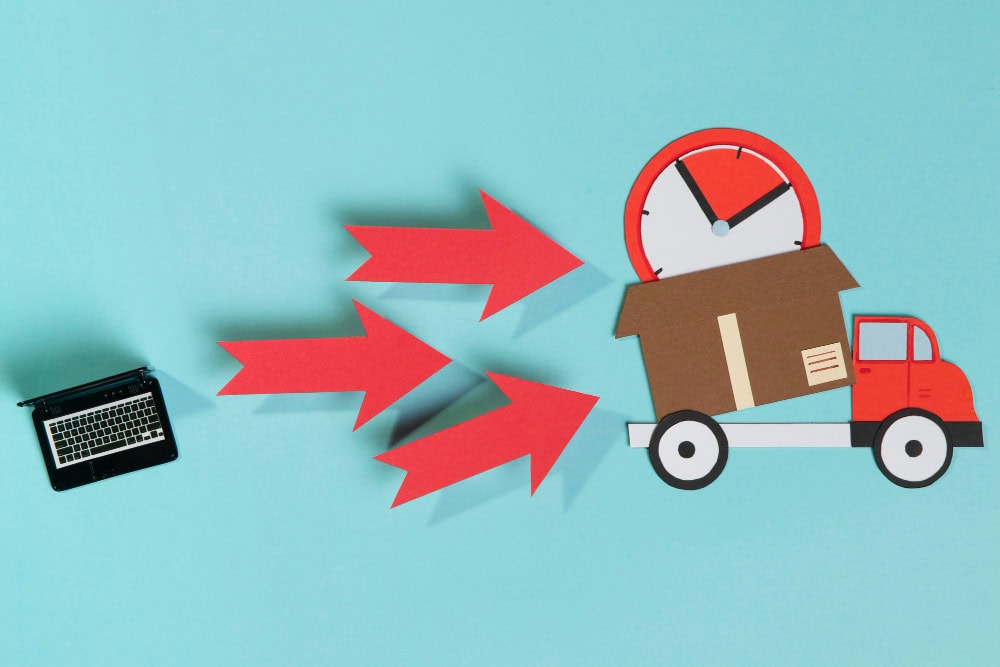Retail-tech is alive and well in Asia – you just need to know where to look
When it comes to retail tech, Silicon Valley gets all the attention.
Amazon, for example, debuted its first Amazon Go store in Seattle, Washington earlier this year. It employs a system of cameras to track what customers pick up, enabling them to auto-debit each purchase to their Amazon Go account and leave without waiting in line for a cashier. In addition, the company now operates a chain of bookstores that effectively act as both a stand-alone store and a storefront for its online marketplace.
Though entrepreneurs and consumers may look to Silicon Valley stars like Amazon for the future of retail, retail-tech is also thriving on the other side of the world—Asia. What’s impressive is that Asia’s retail-tech products are not exploratory R&D concepts or trials from a corporate giant trying to innovate, but the core offerings of fast-growing start-ups. These retail-tech products are changing the way people browse, shop, and pay. Not only that, businesses can also gather data, manage their supply chain, and develop products.
Founders around the world would be well-served to pay attention to Asia’s retail-tech, as they give insight into how the final and most important touch-point between brands and consumers is shifting right before our eyes. They may show us, in short, how to better connect with our customers.
Here are three notable companies in Asia’s retail-tech space, each targeting a different segment of the store.
Reimagining the retail shelf
The retail shelf has largely been inaccessible to consumer brands.
Trax, founded out of Singapore in 2010, gives brands an overview of their in-store performance. The company does this through proprietary image recognition technology that can identify products in even the toughest of real world conditions, such as if it’s obscured by another object. It accomplishes this through a system of tiny mounted cameras equipped with powerful computer vision.
Since Trax’s image recognition technology works in real-time, brands can use the data to make decisions—from product placement and promotion to packaging (e.g. how can brands make their product stand out in a sea of similar SKUs). Trax operates in more than 50 countries and counts some of the most famous consumer brands, like Coca-Cola and Nestle, as clients. The company also raised $125 million in a Series E this past July to add to the $140 million it has already raised. Trax’s own shelf, in other words, is well-stocked and only poised for more growth.
Overhauling the cash register
One of the most awaited retail-tech products is by Indonesia’s Pundi X, which bested many venture capital rounds when it raised $35 million in a public token sale earlier this year. The company debuted its Pundi X POS at select FAMA Group restaurants in Hong Kong earlier this month, a milestone because of what it can accept: In addition to Hong Kong dollars, the Pundi X POS can accept cryptocurrencies like Bitcoin, Ethereum, and the company’s own token, NPXS.
The roll-out of the Pundi X POS in Hong Kong this month and in Asia throughout the year is significant because of the limited functionality that cryptocurrencies have had to date. Most consumers turn to them as a speculative investment, but the Pundi X POS makes them useful as an actual currency: You can now buy items in-store with them. For many cryptocurrency purists, this is the kind of utility that they have always believed that digital currencies should have.
As Pundi X’s stated goal is to make buying and using cryptocurrency as easy as “buying bottled water,” the company has made the Pundi X POS compatible with the country’s fiat money, various mobile wallets, and the Pundi X PASS cards. The company is rolling out devices throughout Asia for the rest of the year, which will surely help mainstream cryptocurrency in the region.
Re-envisioning the receipt
While the retail store has changed dramatically over the last hundred years, the receipt has not.
Snapcart, which is based out of Indonesia and the Philippines, does not technically re-envision the receipt so much as it does how we interact with it. Through a consumer-facing app, consumers are incentivized to take photos of their receipts with everything from small amounts of money – hence it’s “cashback” line in collaterals – to even cell phone load.
Users must take a photo of their receipt before it becomes three days old, as the value for brands is in real-time, aggregate data. Fast-moving consumer goods (FMCG) companies – including P&G, L’OREAL, Nestle, and Johnson & Johnson – then use this information on shopper behavior to make business decisions. The SnapCart app requires users to create a profile, brands know which consumer demographics each person belongs to.
In short, retail-tech is alive and well in Asia – you just need to know where to look.
________________________________________________________________________________
Originally written by Jason Domantay published by Inc. on 26 July 2018 .





